Today, one of the main indicators of the well-being of an ordinary citizen is the availability of real estate. And all due to the fact that housing prices have become sky-high and are not stopping at the achieved level. It is not surprising that many approach the choice of housing with the utmost responsibility - after all, for many this is perhaps the main purchase in life, which may not have to be repeated.
When future buyers have to deal with the concepts of primary and secondary housing, then doubts and disputes begin. To some, a new building seems more profitable due to the low market price, and it is not without other advantages. But this does not mean that the primary market can be considered ideal, and the previously owned apartment is overgrown with shortcomings. Let's figure out what secondary housing is, what its pros and cons are.
Secondary housing – what is it?
First, let's understand the concept itself. For many, the secondary housing market can only be represented by old apartments. That is, there can be no talk of any new layout or modern living conditions. In addition there are old elevators, meters, wiring and pipes. And the neighbors leave much to be desired, while dubious individuals do not settle in new buildings.
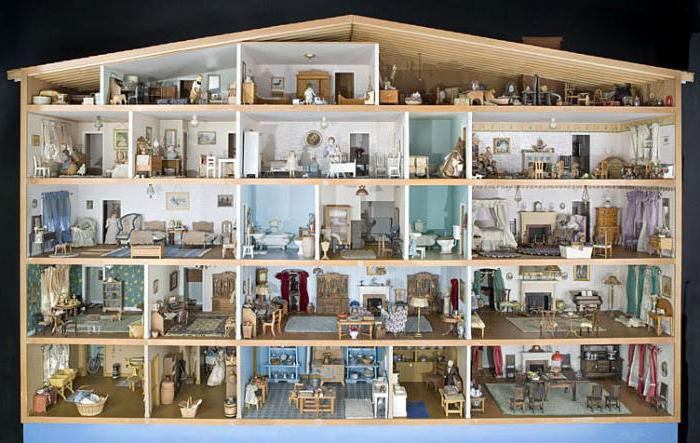
Undoubtedly, there is some truth in these statements. But even on the secondary market, apartment to apartment is different. Secondary housing means that ownership of the property has already been registered. That is, the main difference that separates the primary market from the secondary market is the presence of a record of the assignment of property in the Unified State Register.
Secondary housing: what is it, advantages and disadvantages
Among the disadvantages of purchasing secondary housing, the following can be noted: there is a risk of purchasing a “disguised” house or apartment after a good cosmetic or even major renovation. Some time after purchasing it, you may make European-quality repairs, change pipes, batteries, make other significant investments, and it will turn out that the building is in disrepair and in fact cannot be sold. On top of everything else, it may turn out that living in such a house is, if not dangerous, then definitely not comfortable.
We recommend reading: How to accept the right apartment in a new building
What types of apartments are there on the secondary market?

Secondary housing is a wide selection of apartments of various categories and characteristics. Real estate specialists identify several types of real estate in this market, classified by physical characteristics and cost level:
- Low-quality housing - apartments in old buildings, 2-3 floors high. In such premises there are often no basic communications - sewerage and water supply. Homes are often heated using stove heating.
- Standard premises - ordinary secondary housing, one-room or two-room apartments in standard buildings with a height of 5-16 floors.
- Improved apartments are housing in modern and standard buildings, characterized by increased comfort. Characteristically, there are utility rooms such as pantries and dressing rooms, as well as a larger number of bathrooms than in ordinary premises.
- Luxury housing is class A real estate, the peculiarity of which is the presence of a landscaped local area, parking, concierge and security guards. Elite buildings, as a rule, have no more than 30 apartments.
What are the disadvantages of an apartment on the secondary market?
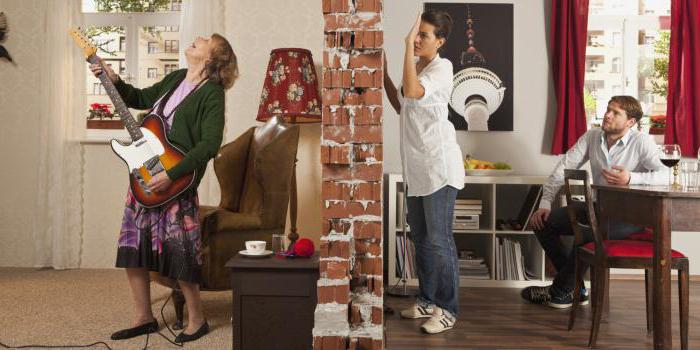
Even though secondary housing is not necessarily “second-class” housing, such real estate is not without some disadvantages. We will not take into account the problems with communications in really old houses. As an example, consider a comfortable apartment in a newly designed building. Even here, new owners can expect pitfalls:
- The unclean “legal history” of the apartment. Stories have long been known about property owners serving time in not so remote places, or being in a psychiatric clinic. From this point of view, secondary housing is like a pig in a poke.
- Unpaid debts for utility or other payments, seizure of the apartment by bailiffs for non-payment of debts.
- Incorrectly completed documents for the apartment. If such a fact becomes clear after the purchase by the new owners, the purchase and sale agreement is invalidated and the transaction is cancelled.
- Troubled neighbors. To some, this problem may seem insignificant. But, as surveys among the population show, noisy and scandalous neighbors often provoke some citizens to change their place of residence.
- Price. Whatever one may say, inexpensive secondary housing can only be in a Stalin or Khrushchev building with old and rusty pipes. In other cases, the cost of an apartment on the secondary market in new buildings significantly exceeds the cost of uncommissioned apartments.
- Another not-so-pleasant little thing that does not allow you to save money when buying an apartment: today it is almost impossible to buy secondary housing without intermediaries. Property owners prefer to turn to specialists to sell their property faster. And they add their commission to the cost - after all, someone has to pay for the work of real estate agents.
Advantages of secondary housing
Typically, new areas of the city that are not well-maintained and do not always have their own infrastructure are allocated for new buildings. When purchasing secondary housing, you can choose any suitable area before purchasing. The assortment of this type of real estate is much larger, in contrast to the assortment on the primary housing market. Prices on the secondary market are different, depending on the area in which the apartment or house is located, the area and condition of the building. In the city center, of course, prices will be higher than on the outskirts.
If you purchase a secondary living space, you can live in it immediately, unlike new buildings. In addition, when buying such a house or apartment, it is much easier to get a mortgage, since almost all types of mortgage loans apply to this type of housing.
Advantages of the secondary housing market
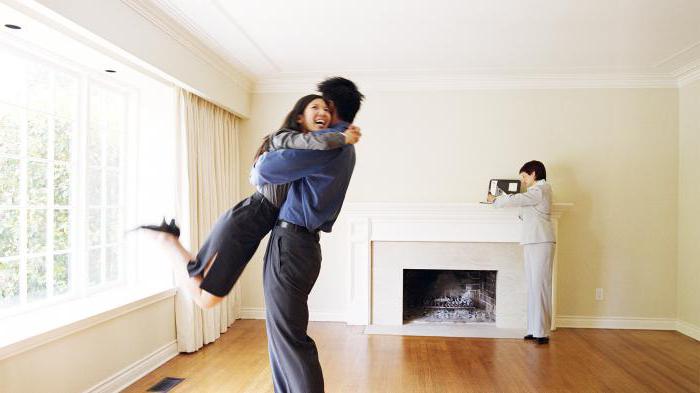
Despite a number of shortcomings, real estate experts actively advocate the secondary market. There are quite logical reasons for this:
- There are many offers on the market. This allows the buyer to select the area, category and type of housing that will meet his requirements.
- Mortgages for secondary housing are provided more readily and at lower rates. This is explained by lower risks for the bank when concluding a real estate transaction.
- The apartment is in “buy and live” mode. Unlike a new building, when the house is not ready, according to the documents the apartment does not yet exist, and after commissioning most often long-term finishing work is required.
- The cost of secondary housing, of course, exceeds the price of an apartment in a new building, but this is more than compensated by the absence of the need to spend on repairs and decoration.
Secondary housing market
What is the secondary housing market? Each individual apartment that has the status of “secondary”, together with similar others, forms the secondary real estate market.
In 2020, the market situation has changed little compared to previous years – after the crisis. There is still a downward trend in buyer interest due to rising housing prices.
A significant role was played by the increase in the volume of new buildings and tempting offers from most developers - apartments in new buildings at prices starting from 900 thousand rubles.
How do banks feel about the secondary market?
As has already been noted, mortgages for secondary housing are provided by credit institutions much more often than for new buildings. This is due to several reasons. Firstly, the new housing market is being renewed at a low rate, while the secondary market offers a wide selection of various price categories.

Secondly, housing that exists only in the project, as is the case with new buildings, poses some risk to the bank. Credit institutions carefully select developers for cooperation, but no one is immune from unforeseen circumstances.
Bank requirements for the secondary market
But credit institutions also have their own requirements for an apartment that has been owned. After all, real estate becomes bank collateral for the entire loan period. If the borrower turns out to be financially insolvent, the bank will be obliged to sell the collateral so as not to incur losses. Therefore, the apartment must meet certain physical characteristics so that nothing interferes with its subsequent resale.
- The house in which the borrower plans to purchase housing must be built no earlier than 1957.
- A prerequisite is the presence of all modern communications. The bank will not take as collateral a house that does not have hot and cold water supply, heating and sewerage.
- By the time the mortgage is paid in full, the house in which the apartment is located should not be physically worn out by more than 70%.
What about the legal purity of housing?

Banks also impose requirements on the legal history of the apartment - no encumbrances are allowed. Registration of third parties on the premises, as well as the presence of arrests or collateral agreements with other credit institutions are not permitted. In addition, the bank will require all title documents and check them for errors and inaccuracies. This will also benefit future owners - they will receive a quality-tested apartment in which no unpleasant moments will be discovered over time.
Primary and secondary housing - what is it?
The first thing you need to decide on is in what market the housing will be purchased, as people say, “primary” or “secondary”? The primary and secondary real estate market is a way of making a transaction.

The primary real estate market refers to transactions made with newly created objects, that is, apartments in new buildings and houses under construction. This is the first time such housing has been put up for sale and ownership has not been established.
Reference . The sellers of such real estate are construction companies or the state.
Secondary housing market - what is it? These are transactions made with already created objects that have been in operation for several years. Such housing has an owner, its own history and could have been put up for sale earlier.
Both “primary” and “secondary” have advantages and disadvantages that need to be taken into account when making a purchasing decision.
Pros and cons of the primary market
The advantages of purchasing a “primary” include the following points:
- Price issue. Often this factor is the most important when choosing, and by purchasing an apartment in a new building, you can save money. Housing purchased in a building at the initial stage of construction increases in value by 30-40% by the time it is ready and passes the state commission.
- Large selection of apartments in new buildings within one building. Number of floors, area, view from the window and other characteristics from which you can choose the appropriate ones.
- Quality of finished housing. Modern construction uses environmentally friendly materials, new engineering systems and ventilation. Don't forget about the availability of a large number of parking spaces.
- Guarantees for elimination of defects. Even a new home can have problem areas. During the warranty period determined by the developer, the homeowner can count on free removal of defects.
- Greatest chance of getting a mortgage from the bank. Banks are more willing to issue mortgages for apartments in new buildings, and developers also offer to purchase in installments.
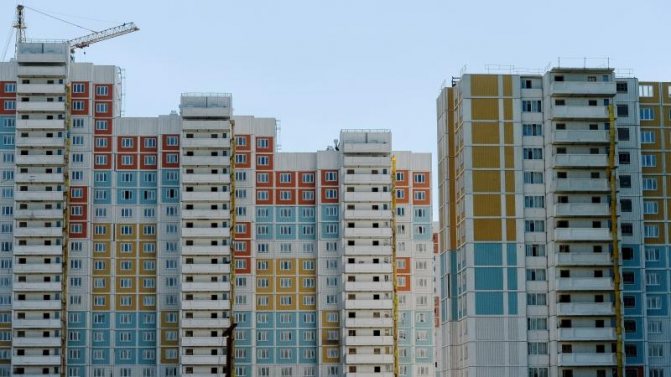
But even with such advantages, housing on the primary market has a number of disadvantages:
- Long wait. If you want to save a certain amount, it is worth considering that the average duration of construction of a new building takes about three years. You can forget about a quick move.
- Unstable delivery dates for the house. Buying a home at the foundation pit stage involves a lot of risk: the developer may delay the delivery of the house or the construction may be frozen due to financial difficulties in the construction company.
- Additional funds for repairs. The main share of offers on the primary market are unfinished apartments, which implies additional investment in renovation. They can amount to up to a third of the cost of housing.
- Noise from renovation of neighboring apartments. Despite the fact that any design project can be implemented in a new apartment, you will have to endure the noise from the renovations that are being carried out in neighboring apartments.
- Poor infrastructure. You should forget about the beautiful pictures of the territory adjacent to the house that the developer presented in the office. In a large residential complex, designed for several buildings, neighboring houses will be built in parallel with your move, and the infrastructure of the microdistrict will gradually develop.
Pros and cons of the secondary market
The secondary market also has a number of advantages:
- Quick move. When purchasing “secondary” real estate, you need to understand that this is a type of housing where you don’t have to wait for the house to be delivered. You can move in and live immediately.
- Saving money on repairs. There is a chance to choose an option where the renovation will suit the new owners. Sometimes apartments are sold fully furnished.
- Purchase evaluation. On the secondary market, the buyer sees the apartment immediately. This means that the deal will be more transparent.
- Developed infrastructure. In contrast to the “primary” housing, housing on the secondary market already has an established infrastructure.
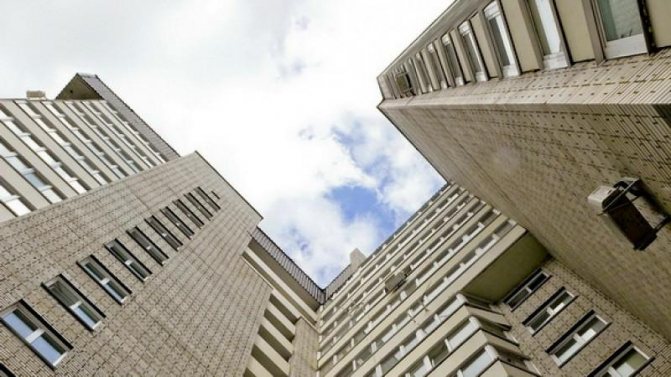
Among the disadvantages are the following factors:
- History of the apartment . Before concluding a transaction, it is better to conduct a legal check of the property: study the title documents, documents on the emergence and transfer of ownership rights, find out whether redevelopments have been made in the apartment that cannot be legalized.
- Outdated decoration and communications. Over time, the waterproofness of finishing materials is compromised, and engineering communications need to be updated. How to understand and identify such problems in secondary housing is a complex question; this is often clarified after the purchase.






